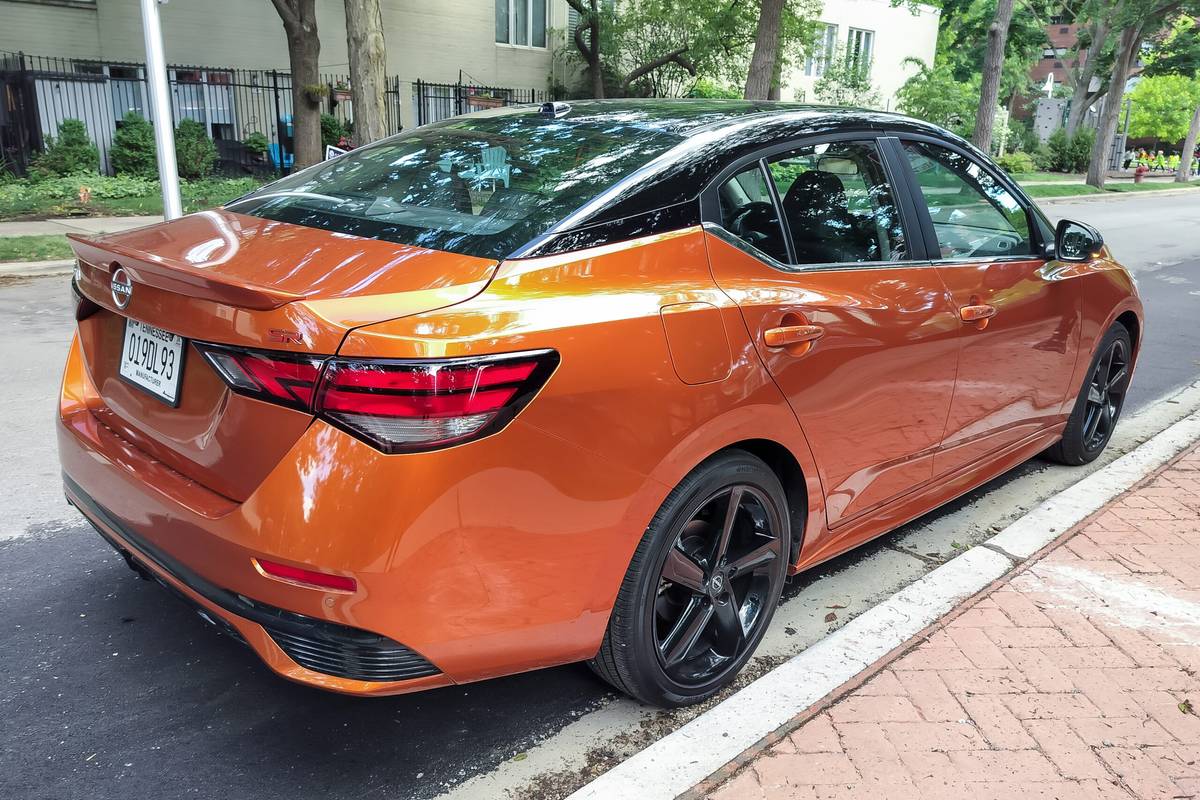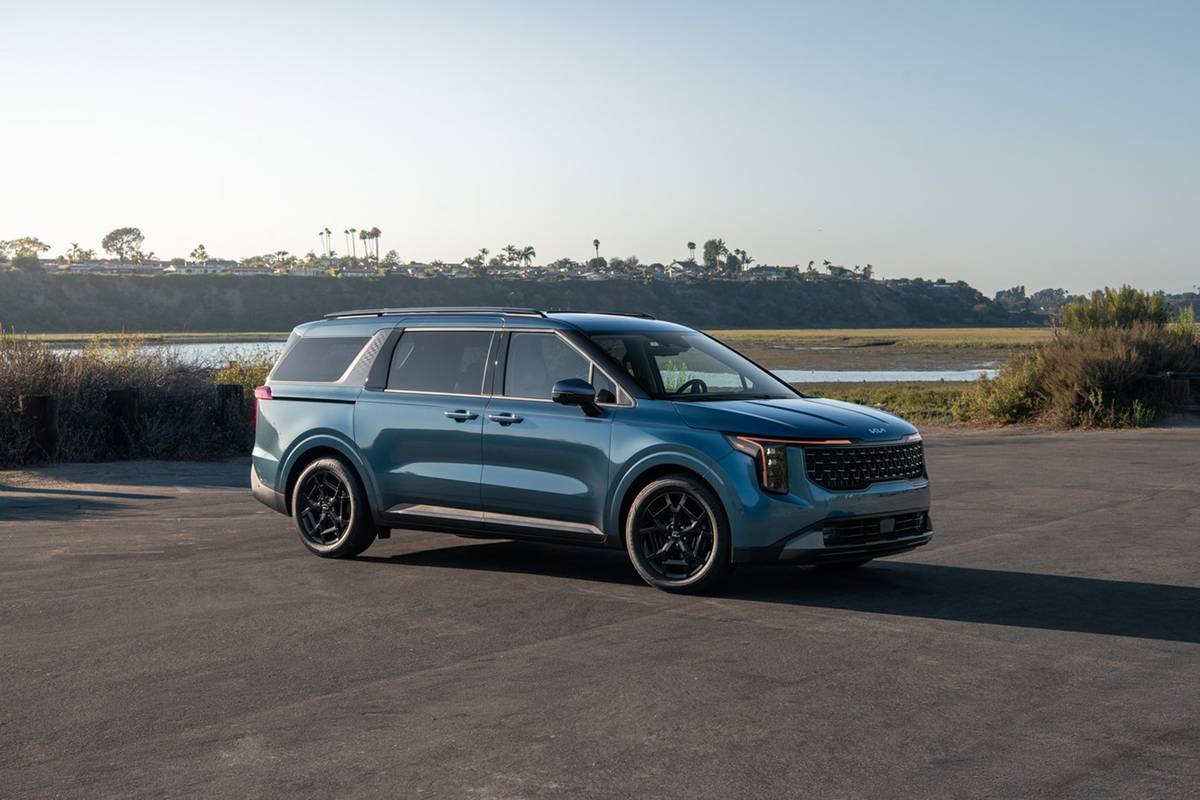TheMercuryNews.com's view
After an unprecedented string of hits, including the Altima, 350Z and Infiniti G35, Nissan takes its biggest gamble yet with the just-available 2004 Quest minivan.
Sure, the Quest name is familiar. Nissan used it on the van it shared with Ford, which sold its version as the Mercury Villager, for about 10 years through 2002.
But this Quest is an all-new product that’s not shared with anyone. It’s also the first product out of Nissan’s new $1.4 billion plant in Canton, Miss.
And it’s a rare wave-maker in the placid sea of minivans.
That’s what makes the Quest so interesting — and controversial.
For years, automakers tried, failed and then succeeded in making their products as functional and familiar as the Chrysler minivans, the originals. And, since 2001 when the 2002 Honda Odyssey hit the market, it has been the van that others have chased.
But now Nissan — bold, calculated Nissan — takes a step in a different direction. It’s a minivan for minivan-haters.
The new Quest has an odd exterior featuring a prominent grille and badge that seems transplanted from one of the company’s sporty sedans. Nissan’s publicists describe the look at “highly expressive” and “distinctive.”
Tom Semple, Nissan’s chief stylist, speaks of avoiding the “anonymous box design” of other vans. He did, but the result is an attention-getter rather than a thing of beauty. It’s in the vast middle ground between different and ugly.
On the inside, there are a pod-like center control panel and very stylistic trim pieces that are a stark contrast to the friendly look and feel of all the rival vans.
That pod, which has radio and climate controls, air vents and even the shifter, takes a while to become familiar. Above it, in the center of the dashboard, there’s a 6.3-inch display screen and some gauges. I remain unconvinced that it’s an improvement rather than an oddity.
Also unusual: Nissan offers the Skyview glass roof, which was first used in the 2004 Maxima sedan. It makes for an airy atmosphere, with its twin windows in the ceiling, although, unlike a traditional sunroof, it doesn’t open up to allow air in or out.
Underneath it all, though, the Quest is a solid vehicle.
At 204.1 inches long with a 124-inch wheelbase, the Quest exceeds the Odyssey dimensionally. As a result, the Quest offers the most interior volume of any front-drive minivan, Nissan says.
The seats are wide, firm and comfortable. They, too, are a bit unusual, offering a much-less-bulky design than those used in other models. The second-row seats fold easily to provide easy access to the third-row bench seat. That seat folds flat to the floor — a feature that has become a minivan standard.
Interior storage slots and cup holders are plentiful and properly placed.
Power comes from Nissan’s mainstay 3.5-liter V-6 engine. Here it makes 240 horsepower. Not surprisingly, that’s just what the Odyssey’s 3.5-liter V-6 makes. Gas mileage — at 19 mpg in the city and 26 mpg on the highway — is one mile better than the Odyssey.
And, again, in seeking to answer the question of how different the Quest really is, you have to consider how many vans share an engine with a sports car (the 350Z)?
On the road, the Quest is adequately responsive. The four-speed automatic transmission operates smoothly. (A five-speed automatic is used in the top-level SE version. The Odyssey uses a five-speed automatic in all models.)
For years, automakers have spoken of the stigma of minivans, of the frustrations of soccer moms and dads who need rather than want to drive these vehicles.
As a result, Nissan put its money where its marketing said it should. It hopes to persuade 85,000 buyers a year who value style but require a minivan.
Of course, and especially in recent years, a goodly number of truck-based and cross-over sport-utilities have attracted some minivan buyers who discovered vehicles with perhaps a bit less function but lots more image.
That, and the continued strength of Chrysler’s, Honda’s and Toyota’s vans, remain Nissan’s biggest challenge with the new Quest.
Our tester was the mid-level 3.5SL model. Priced around $27,000, the one we drove also had more than $5,000 in added features, including a navigation system, a rear-seat entertainment system and even a back-up warning device. The final sticker topped $32,000.
Base prices range from $24,590 for the 3.5S model to $32,990 for the 3.5SE that gets a five-speed automatic transmission and leather seats.
Latest news



